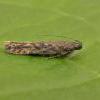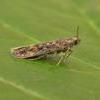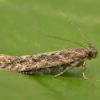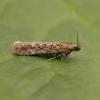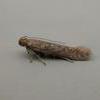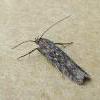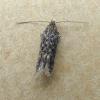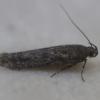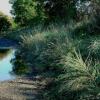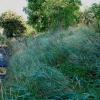35.117 Scrobipalpa atriplicella (Fischer von Röslerstamm, 1841)
Status and Distribution
Widely distributed but local, occasionally locally common, throughout southern, central and eastern England and the Channel Islands; very local in south east, south west and northern England; rare in Scotland, Wales and Ireland.
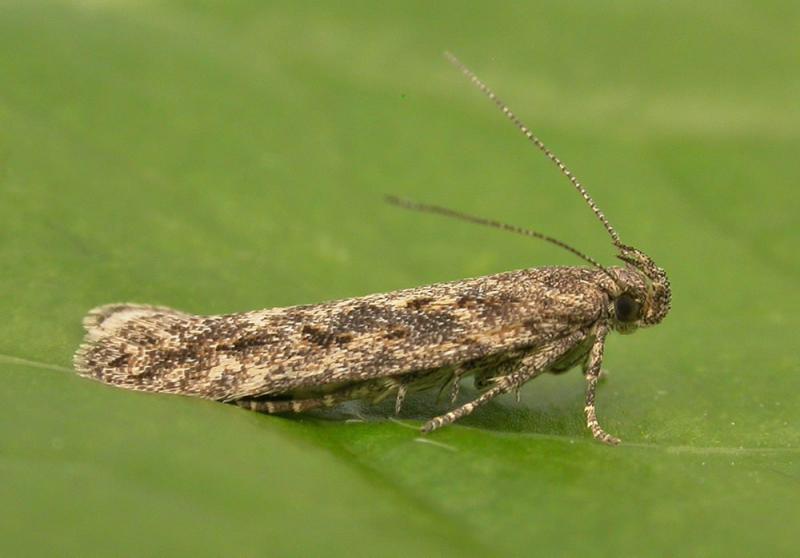
Provisional map
Foodplant and Larval Feeding Signs
Atriplex spp. including A. patula (common orache), see plant distribution map, Atriplex glabriuscula (babington's orache), A. prostrata (spear-leaved orache) and Chenopodium spp. (goosefoot) including C. album (fat-hen). In Europe also on Atriplex portulacoides (sea-purslane), A. tatarica, Chenopodiastrum hybridum (maple-leaved goosefoot), C. ficifolium (fig-leaved goosefoot), several varieties of Beta vulgaris (beet) and, in Denmark, the larva has caused damage to the introduced South American crop Chenopodium quinoa.
Initially mines a leaf, then spins central leaves or feeds on flowers and seeds.
Finding the Moth
Larva: found in every month from 19th May to 20th October, with most records (c50%) in September. Mines the leaves (in Europe this is reported for the early instar only), or feeds on spun leaves or flowers and seeds. In Europe the larva feeds on the leaves in the first brood and flowers and seeds in the late summer and autumn. Noting what feeding method is adopted at different stages of development at different times of year and on different plants would be a worthwhile project in the British Isles.
Adult: has been disturbed, on occasions, from the foodplant during the day but most records relate to being attracted to light (Rothamsted trap, Actinic, MV and lighted windows).
Similar Species
Has been confused with S. nitentella, S. instabilella and S. samadensis but in the darker forms, the blackish grey forewing with a slight mottled apearance and lack of distinct stigmata should assist in separating these in fresh specimens. The cream coloured underside of the abdomen is a useful character in separating S. atriplicella from the similar S. acuminatella. Paler specimens and worn individuals will probably require dissection to confirm the identification.
Two, possibly three broods a year. The first brood appears from mid/late April and through May. There are a good number of records in June which, depending on the season and geographical location, could relate to the remains of the first brood or to the start of the second brood. This second brood generally appears from early/mid-July, through August when it is at its strongest, and into September. There are several late September records and three in October which may indicate a possible third brood but this is purely conjecture. For a geographical comparrison (although recording effort is not known), all of the Shetland Islands records are in August while those from the Channel Islands cover April to October.
Earliest: 26th March 1999 (VC32)
Latest: 14th October 2010 (VC113)

